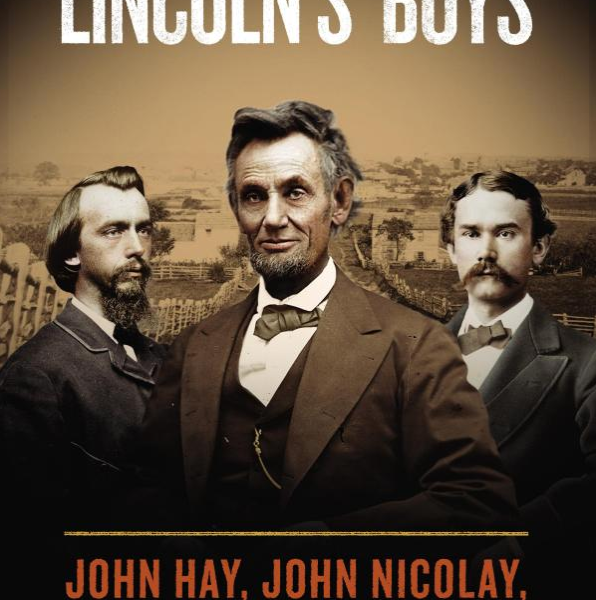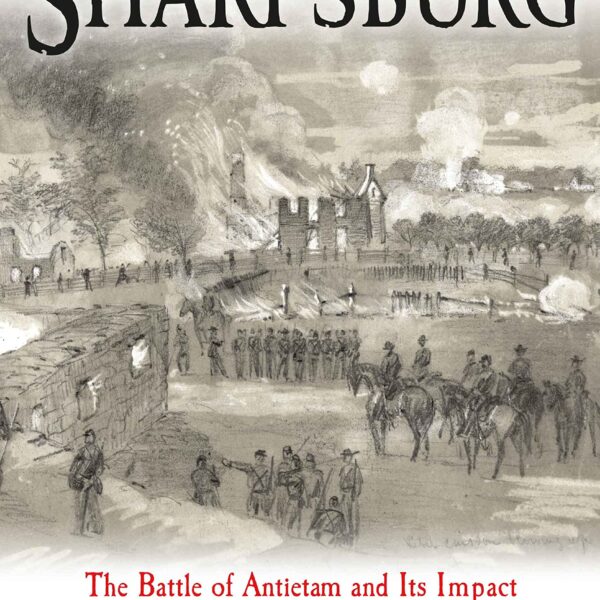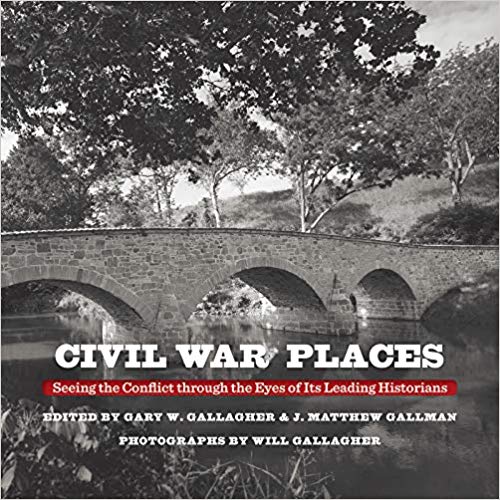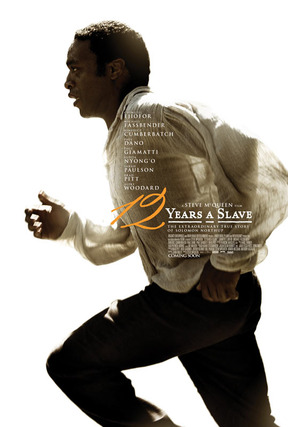Americans were recently shocked to learn that an unknown number of servicemen and women were buried in the wrong plots at Arlington National Cemetery. The gross negligence involved stands in sharp contrast to our expectations that those who have sacrificed their lives for this nation will be (and are being) treated with the utmost respect. Such disappointment and anger reflects the assumption of most Americans that Arlington National Cemetery not only operates at much higher efficiency and honor, but that it sits outside of the political and legal battles that influence most government projects. Visitors who travel to pay their respects to the fallen and experience the beautiful monuments and closely manicured grounds of Arlington may be surprised to learn that the site itself was at the center of one of the most divisive political and legal battles of the post-Civil War period.
The legal battle, which culminated in the Supreme Court case of U.S. v. Lee (1882) and the question of who owned the property, is the subject of attorney and historian Anthony J. Gaughan’s latest book. The case grew out of the federal government’s confiscation of the Lee family’s home at the beginning of the war owing to its location just across the Potomac River overlooking Washington, D.C. Shortly thereafter the property was auctioned off under the punitive Doolittle Act to the United States as Mary Lee was unable to appear in person to pay the property taxes. By the end of the war, Arlington was being used both as a permanent resting place for Union soldiers as well as a freedman’s village for ex-slaves.
Gaughan does an admirable job of steering the reader through some complex legalese that helps to keep the narrative flowing. Custis Lee’s case against the United States hinged on the argument that the government had violated the Fifth Amendment as well as a lower court’s ruling that the Doolittle Act was unconstitutional. The government’s case centered and ultimately failed based on its assertion of “sovereign immunity,” which essentially claimed that the United States could not be sued without its permission. The ruling, which occurred on December 4, 1882, resulted in a 5 to 4 decision in favor of Lee, who was then paid a sum of $150,000 for legal transfer of the title.
While the reader will be rewarded by Gaughan’s mastery of the relevant legal and constitutional issues at work in this case, his handling of certain points of interpretation are at times less convincing. Gaughan views the ruling as an example of a growing embrace of sectional reunion which, although fits neatly into David Blight’s popular narrative of Civil War memory, stands at odds with the scholarship of other historians, especially John Neff and William Blair, who have argued that the very question of how to remember the Civil War dead constituted an obstacle to reconciliation. A closer look at recent scholarly studies of memory that challenge Blight’s thesis would have provided a more useful context in which to interpret this case.
Gaughan is on much firmer ground in his assessment of the case’s importance to American constitutional history. Most importantly, the decision constituted a bulwark for judicial review and against arbitrary executive and congressional actions even during the chaos of civil war. This book fills an important gap in our understanding of the Civil War as well as the history of America’s most sacred place. Civil War enthusiasts and scholars alike will find much to reflect on in this well written and carefully argued book.
Kevin M. Levin is the blogger behind Civil War Memory and the author of Remembering the Battle of the Crater: War as Murder (forthcoming: University Press of Kentucky, Spring 2012).





